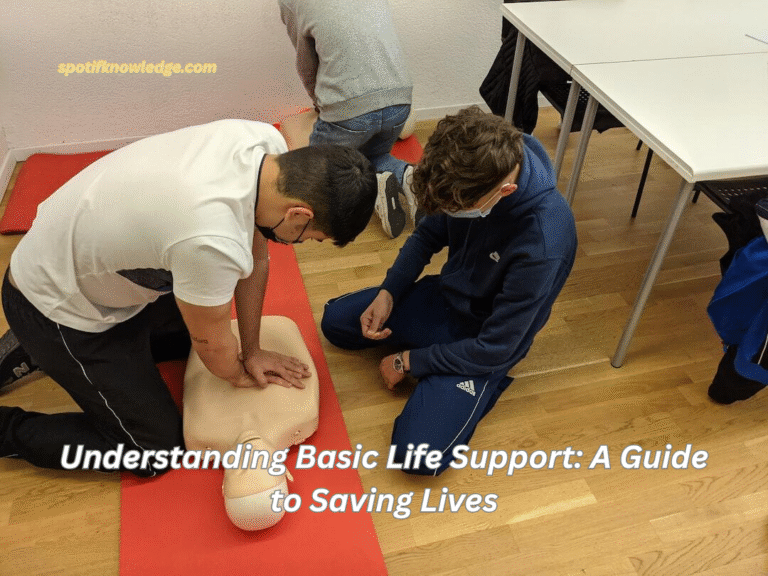Emergencies can happen at any moment, and knowing how to respond can make a huge difference. Have you ever thought about how you would handle a situation where someone suddenly collapses? It’s a frightening thought, but understanding the basics of life support can equip you with the skills to save a life.
Life support isn’t just for trained professionals; anyone can learn these essential techniques, such as CPR (cardiopulmonary resuscitation) and the use of AEDs (automated external defibrillators).
What is Basic Life Support?
Basic Life Support (BLS) refers to the procedures that can be performed in an emergency situation to keep someone alive until professional help arrives. BLS includes various techniques, primarily focusing on maintaining breathing and circulation for individuals in distress. Learning BLS is vital, as it provides knowledge about how to act quickly and correctly in emergencies.
Why Life Support Training is Important
Understanding life support methods can be the difference between life and death. Statistics show that effective CPR can increase a person’s chance of survival by two to three times when administered immediately.
Every minute that passes without CPR decreases the chance of survival significantly. Therefore, being equipped with these skills is crucial for everyone, regardless of age.
The Steps of CPR
One of the most critical components of BLS is CPR. Here’s a simple breakdown of the steps involved:.
Before approaching, ensure the area is safe for you and the victim. Tap the person and shout loudly. If there’s no response, call for help. If the person is unresponsive, ask someone else to call emergency services, or do it yourself if you are alone.
Look for chest movements or listen for breathing sounds. If they aren’t breathing or only gasping, begin CPR. Place your hands on the center of the person’s chest. Push down hard and fast, at a rate of 100 to 120 compressions per minute.
After every 30 compressions, give 2 rescue breaths. Tilt the person’s head back slightly, pinch the nose, and give a breath in their mouth while observing the chest rise. Keep alternating between compressions and breaths until medical professionals take over or the person shows signs of life.
Using an AED
In many situations, using an AED can greatly enhance the chances of survival. AEDs are portable devices that can diagnose life-threatening heart rhythms and administer shocks to restore normal heart function. Follow these steps when using an AED.
Open the device and press the power button. Place the electrodes on the person’s chest as shown in the diagrams on the AED. The AED will prompt you to stand clear while it evaluates the heart’s rhythm.
If advised, the AED will instruct you to push a button to deliver a shock. After the shock, continue with CPR.
Overcoming Barriers to Life Support Training
Some might hesitate to learn BLS techniques, thinking they are too complex or that they may do more harm than good. However, most BLS courses, like those offered by MyCPR NOW, focus on simplicity and hands-on practice. With proper guidance, you can confidently learn how to perform these life-saving techniques.
Final Thoughts on Life Support
Knowing the fundamentals of life support can empower you to act decisively in emergencies. By learning CPR and how to use an AED, you can significantly improve someone’s chances of survival.
Take the time to invest in BLS training, whether through local organizations or online courses. Remember, the skills you acquire could one day save a life.
For more helpful tips, check out the rest of our site today.

